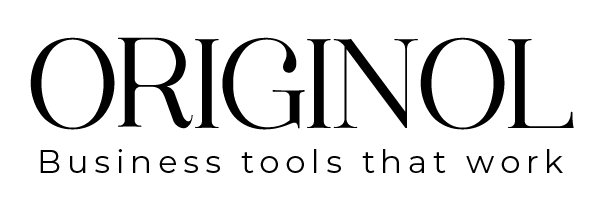- Jayden Fuller
- February 12, 2025
Table of Contents
Introduction
Malcolm Gladwell utilizes Critical Race Theory in his book Blink to show how strongly embedded racial biases affect our quick thinking and subconscious judgments, especially when it relates to law enforcement. This highlights the significant influence that these biases have on legal processes and societal behaviors.
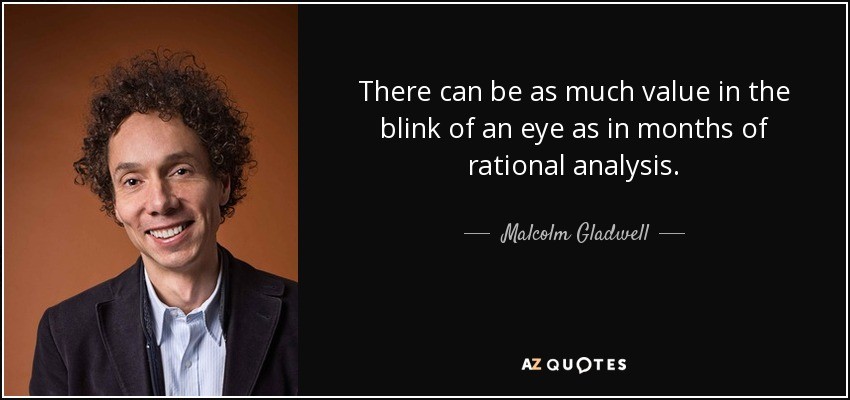
Implicit Bias and Rapid Cognition
The primary theory of Blink is that our subconscious minds absorb enormous volumes of information in a split second. Although this talent might be extremely effective, misconceptions and stereotypes from society can also have an impact on it. Gladwell illustrates how our quick thinking can be greatly impacted by subconscious prejudices, which are unintentional associations and sentiments toward particular groups of people. This idea is essential to Critical Race Theory, which holds that racism is profoundly ingrained in society and not just the result of personal discrimination.A research proposal begins with an introduction that contextualizes the problem or research question under investigation. This section typically includes a clear statement of the problem, why it’s significant, and how the research will address this issue. ‘

Gladwell uses a range of scientific findings to demonstrate this. The Implicit Association Test (IAT), which assesses the degree of correlation between ideas (e.g. black people and white people) and assessments (e.g. good and terrible), is one such study. Even if they explicitly support egalitarian ideals, the IAT shows that many people have unconscious biases that favor some races over others. These prejudices can show up in snap judgments that impact our perceptions of and responses to individuals of different racial backgrounds.
Case Study: Amadou Diallo
The terrible story of Amadou Diallo, a black man without a weapon who was shot 41 times by four white police officers in 1999 in New York City, is among Gladwell’s most moving cases. This particular incident serves as a vivid example of the disastrous outcomes that can result from racial discrimination. Based on snap decisions, the cops saw Diallo for a threat because of established prejudices about black men’s propensity for violence. Gladwell’s examination of this case highlights how lethal discrimination based on race can be and how concealed views in law enforcement and other institutions must be addressed.
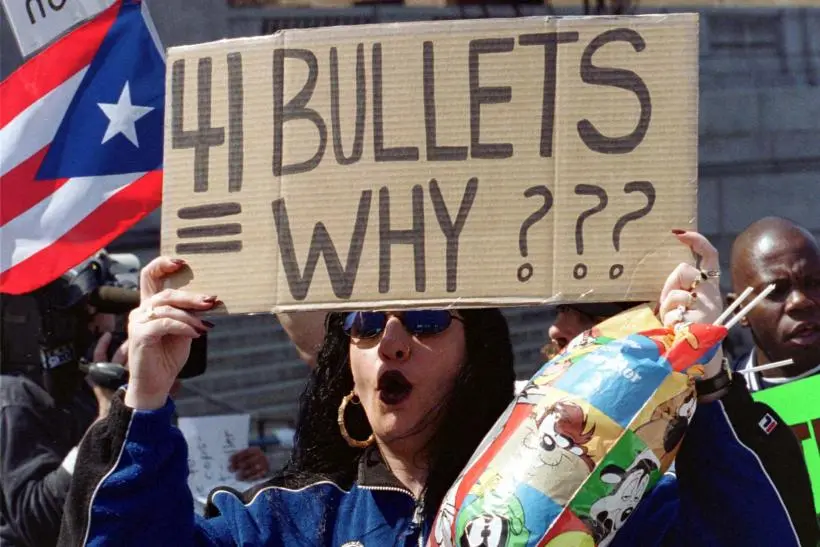
Gladwell dives into the cops’ viewpoints, examining how a heightened sense of danger connected to race affected their quick thinking. This supports the claim made by Critical Race Theory that institutional practices as well as personal behavior contribute to the persistence of racial biases. The officers’ conduct were influenced by larger social narratives that portray black men as naturally dangerous in addition to personal racism.
Scientific Research
Gladwell uses scientific studies that show how common subconscious biases are to support his claims. Research like the Implicit Association Test (IAT) show that even when people actively reject racist ideas, they frequently preserve unconscious biases. These prejudices have the power to affect many choices, including criminal punishment and employment procedures. Gladwell offers a strong framework for comprehending how racial biases function on a fundamental level and influence our behavior by incorporating these studies into his own narrative.
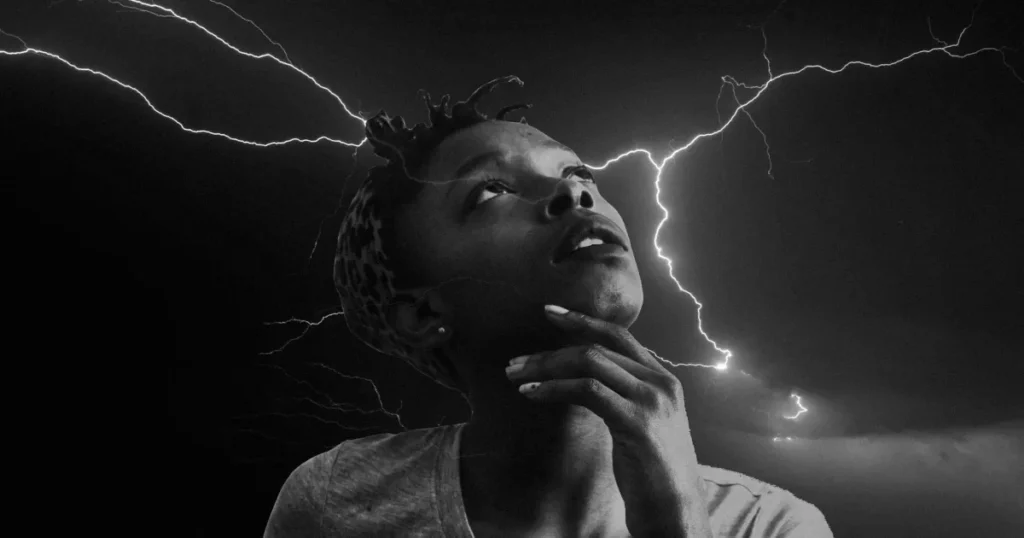
Keith Payne, a psychologist, carried out an experiment that is included as another noteworthy study in Blink. Participants in this study saw pictures of faces first, then pictures of tools or weapons. According to the study, when participants saw an image of a black face instead of a white face, they were more likely to mistake a tool for a gun. This experiment supports the concept that our quick thinking is vulnerable to discrimination based on race by highlighting subconscious associations that might result in incorrect and sometimes harmful conclusions.
The Impact of Racial Bias on Policing
The article titled “Implicit Bias and Policing” by Tracey G. Gove, which was published in The Police Chief magazine, can be used to better contextualize the impact that implicit bias has on quick decision-making in law enforcement. The paper by Gove offers a thorough examination of the ways in which law enforcement personnel’s decisions and actions are influenced by unconscious biases. Although many police work hard to carry out their duties without prejudice, he contends that unconscious prejudices can affect their actions and frequently result in a disproportionate targeting of minority groups.
Gove cites a number of studies, including one by Joshua Correll of the University of Chicago, that support Gladwell’s conclusions. In Correll’s study, participants (police officers and civilians) were instructed to shoot armed targets while refraining from shooting unarmed targets in a video game simulation. The results demonstrated the deeper racial biases that influence snap decisions, with participants shooting black targets more quickly than white ones. Similar to the studies in Blink, this one emphasizes how deeply ingrained unconscious prejudices are in human behavior.
Conclusion
Malcolm Gladwell urges readers to face the unsettling truth of the racial biases that penetrate our subconscious brains in Blink, in addition to revealing the workings of rapid cognition. Through the use of Critical Race Theory, Blink provides essential understanding into the significant influence of race on the processes involved in decision-making. It is an essential reminder of the need to raise awareness and deal with the fundamental causes of racism in our society. Blink challenges readers to consider their own biases and strive toward a world with greater equity and justice through its engaging narrative and detailed analysis.
Written By Jayden Fuller
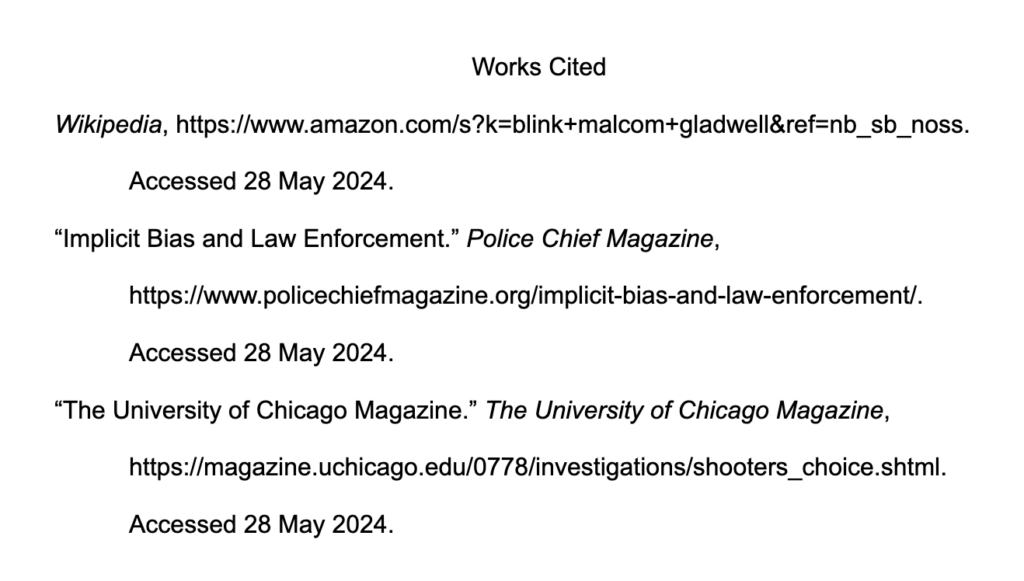
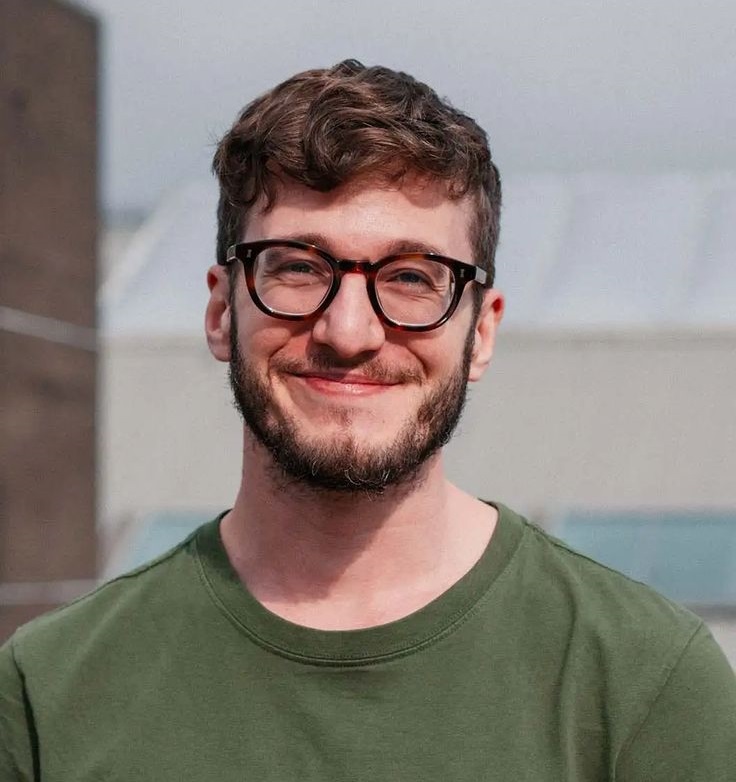
Jayden Fuller
Twenty years from now you will be more disappointed by the things that you didn’t do than by the ones you did do. Sail away from the safe harbor.
